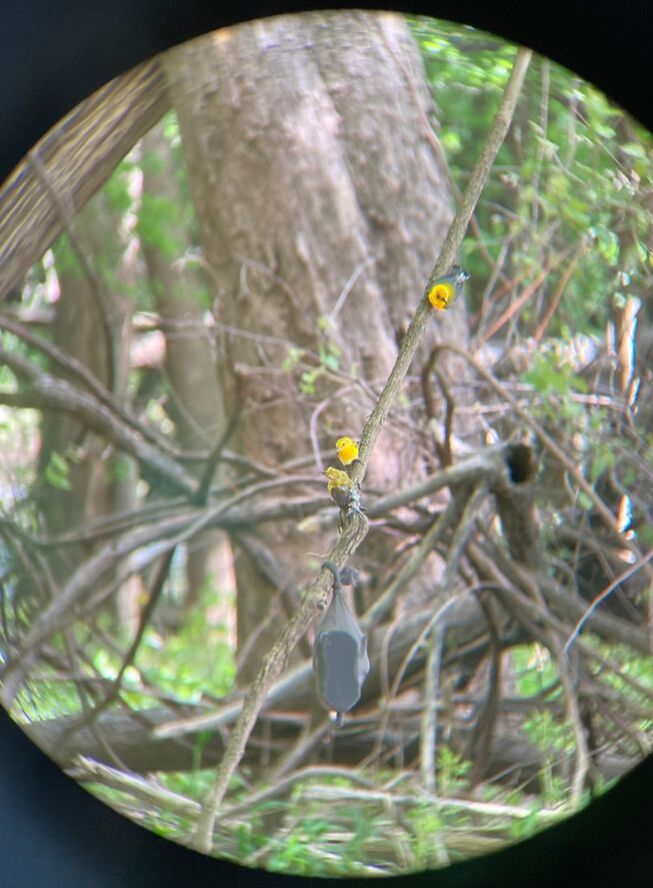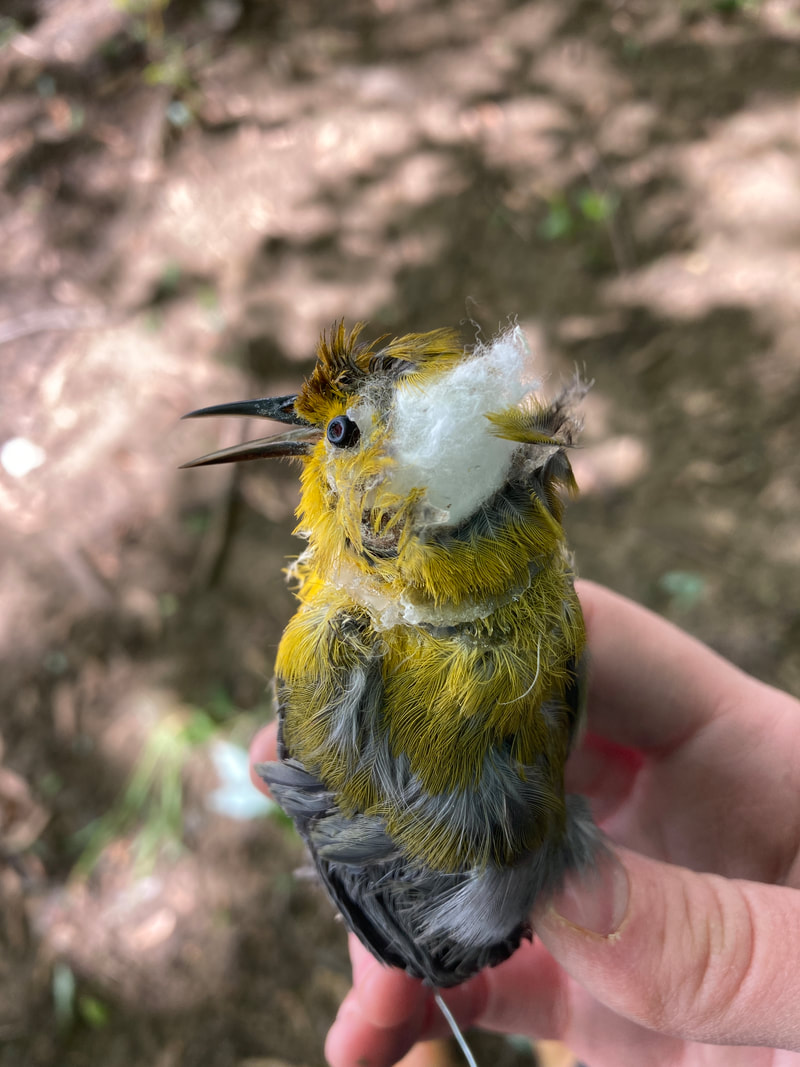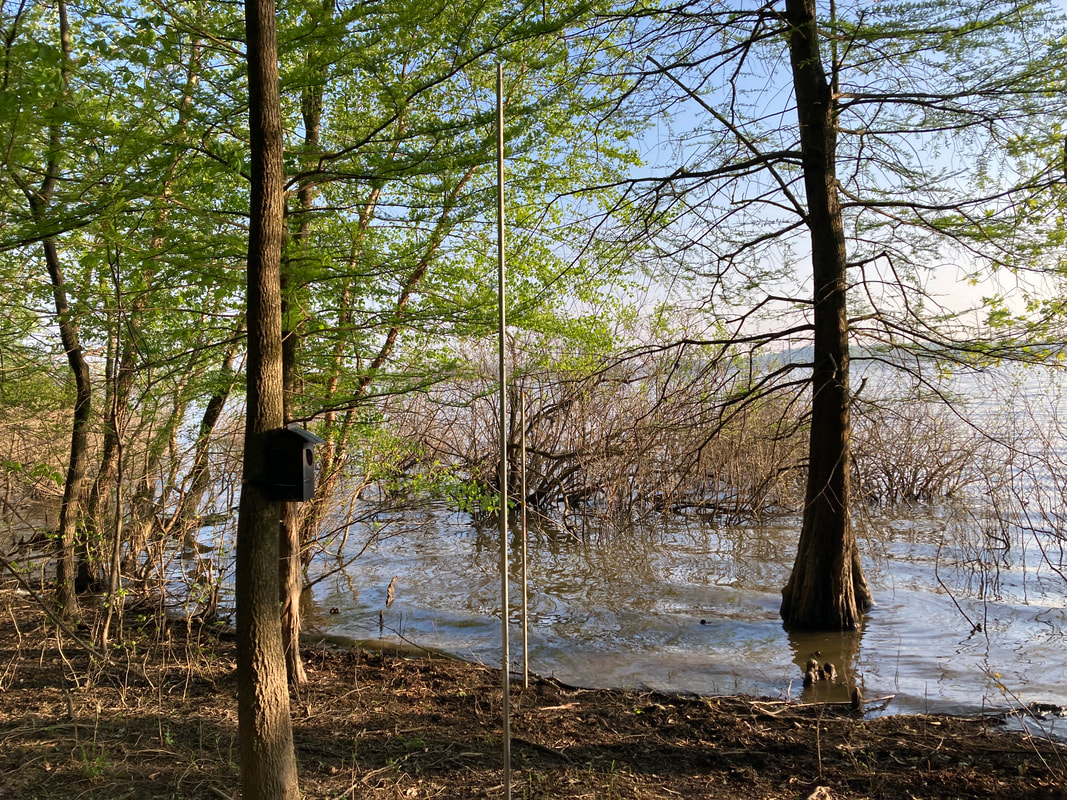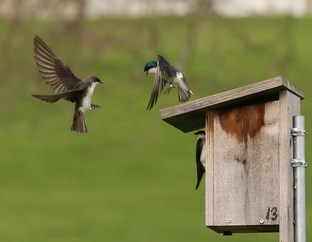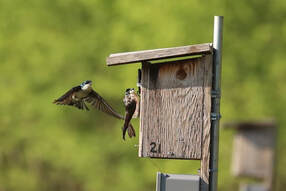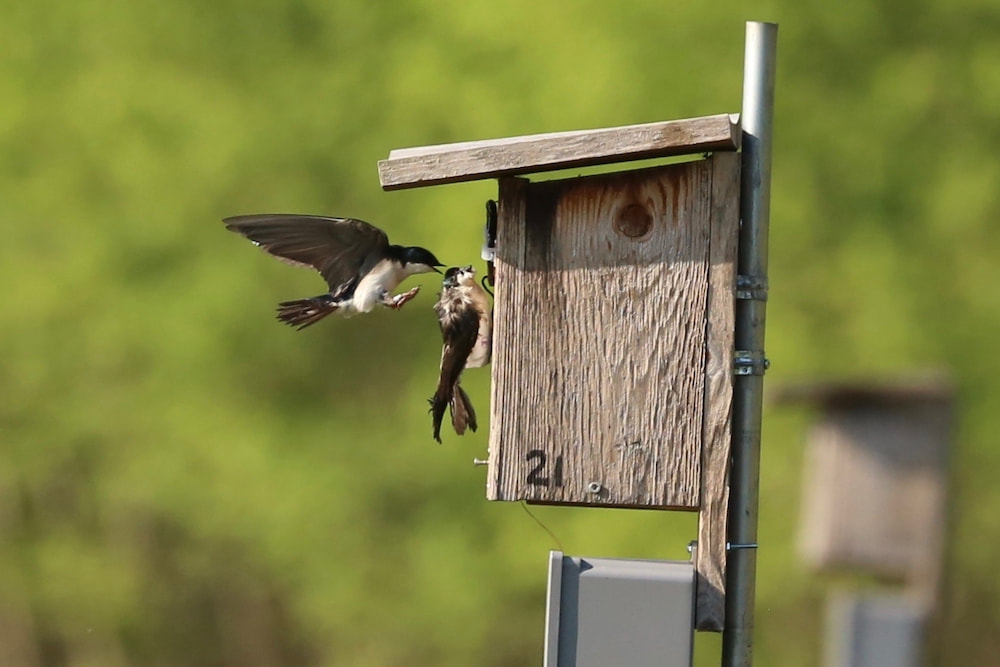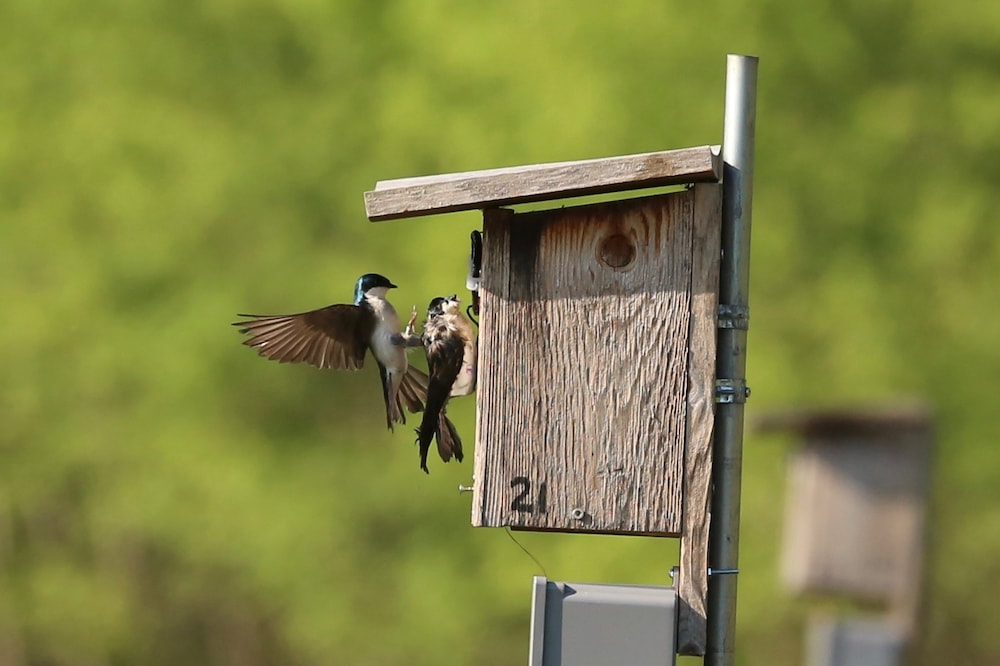How does aggression evolve across species?
Most songbirds have not trouble finding a place to build a nest - in a bush, on a branch, on the ground, or in eaves of a house. But some species must find a pre-made hole in a tree (or a nestbox!) to build a nest and raise off-spring. These species are called 'obligate secondary cavity-nesters.' Problem is, there aren't enough pre-made cavities to go around. As a result of competition for this limited resource, these cavity-nesting species have evolved to be extremely aggressive - especially the females, who must find and defend a cavity to reproduce.
Across songbirds, obligate secondary cavity-nesting has independently evolved several times. My main postdoc project asks what's going on in the brains of these extremely aggressive females when they're defending their territories. What genes and gene networks change when these females defend their territories? Does the brain's response to aggression look very similar across aggressive species? Or, has the brain's response to aggression evolved differently in each aggressive species?
To answer these big questions, I led a comparative experiment of four songbird species. We placed an intruder (decoy bird and audio playbacks) into claimed territories, and we watched female aggressive behavior. Afterwards, we collected these females to study the gene expression in their brains with RNA-seq. This project is part of Kim's NSF CAREER grant. Results to come soon!
Across songbirds, obligate secondary cavity-nesting has independently evolved several times. My main postdoc project asks what's going on in the brains of these extremely aggressive females when they're defending their territories. What genes and gene networks change when these females defend their territories? Does the brain's response to aggression look very similar across aggressive species? Or, has the brain's response to aggression evolved differently in each aggressive species?
To answer these big questions, I led a comparative experiment of four songbird species. We placed an intruder (decoy bird and audio playbacks) into claimed territories, and we watched female aggressive behavior. Afterwards, we collected these females to study the gene expression in their brains with RNA-seq. This project is part of Kim's NSF CAREER grant. Results to come soon!
|
|
What's the molecular response to aggression in incubating females?
|
Another project looks at a highly aggressive species, the tree swallow, to identify what goes on in females' brains when they defend their offspring (ie, maternal aggression). A few years ago, Elizabeth George ran an experiment where she simulated a territorial intrusion for 10 incubating females, which made them defend their nestbox and offspring. She collected samples from these birds and 10 control females who didn't have an intrusion. I used RNA-seq to ask what neural genes and pathways are associated with maternal aggression.
In other words, what genes are being expressed in the brains of female birds after they defend their offspring? Are those genes different from what's being expressed in control females who didn't have the experimental intruder? And among the 10 females who did have the experimental intruder, is gene expression different between more aggressive versus less aggressive females? |
What's the role of adrenals in female aggression?
Most prior work on aggression has focused on the brain and gonads; however, in some contexts, adrenal glands may also play a key role in mediating aggression. I am working with undergraduate Arianna Buehler to test the hypothesis that during the pre-breeding stage, when ovaries are relatively inactive, female tree swallows produce testosterone and estradiol – putative mediators of aggression – in the adrenal glands. To test this hypothesis, we are using qPCR to measure gene expression of steroidogenic enzymes in the adrenals.
